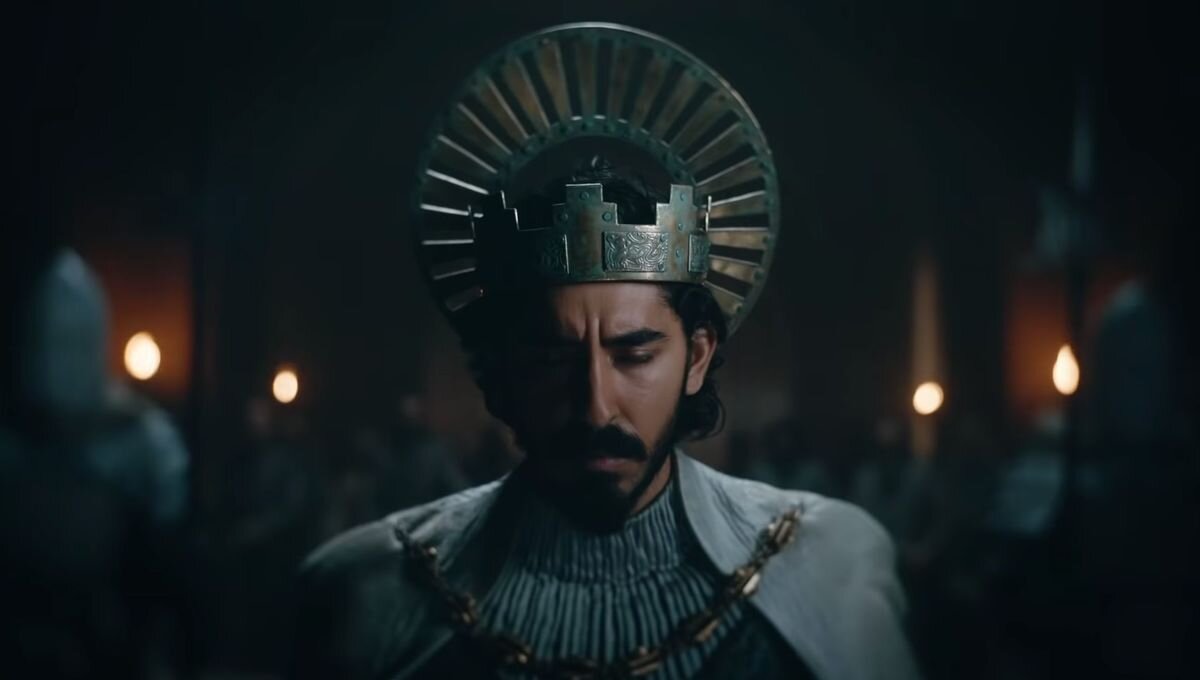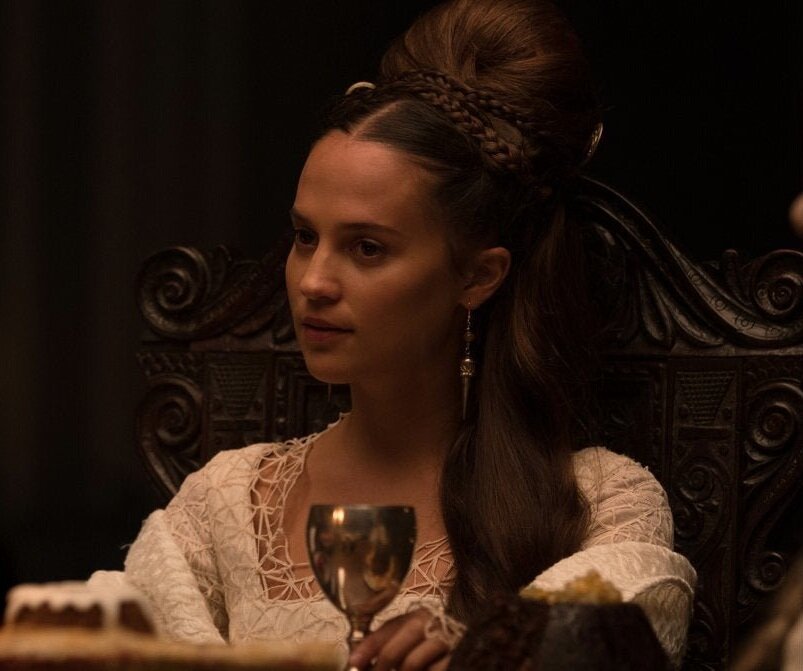‘The Green Knight’ Review: An Excalibur Caliber Arthurian Adaptation
A24 and Director David Lowry convincingly conveys to modern audiences what medieval fantasy films should and can be.
There has been no shortage of films inspired by Arthurian legends, either direct adaptations or allusions to tropes and characters - the tales of the King and his Knights have fascinated filmmakers for decades. We’ve seen the sword-fighting, romance, and magic associated with Arthur, Lancelot, Guinevere, and Merlin recycled time and time again. However, so many of these adaptations fail to hit the mark, that the prospect of another film on the topic is more likely to be met with skepticism rather than excitement.
Enter David Lowery and ‘The Green Knight’. Adapted from a 14th century poem by an unknown author, this is a medieval coming-of-age story that doesn’t center around the usual players, and has only been put on screen a few times (clearly, not often enough). Lowery, who wrote the screenplay, directed, and edited the film, introduces his audience to young Gawain (Dev Patel) - a Knight of the Round Table, and King Arthur's (Sean Harris) own nephew, who is yet to prove himself. An opportunity to do so arises shortly: during a Christmas celebration in Camelot, the mysterious Green Knight (Ralph Ineson) appears to challenge one of Arthur’s brave men to a very strange game. Whichever of them is “boldest of blood” has to strike the guest, and a year later visit him in the Green Chapel to receive a strike in return. Gawain accepts the challenge, quickly hacks the visitor’s head off, and then watches in horror as the Green Knight gets up, gets back on his horse, and gallops away while holding his laughing, severed head.
The year passes quickly, and Sir Gawain sets out on his trek to the Green Chapel to complete the game. What follows is a fascinating take on the hero’s journey - as our protagonist embarks on his quest of honor, he also finds himself on a quest to maturity. The basic structure of this adventure is what you would expect it to be, and here David Lowery certainly honors the source material, but he makes his version of Gawain much more flawed and unsure about what he’s doing, which not only provides a lot of room for character growth, but also gives Dev Patel an opportunity to deliver a nuanced, career-best performance.
The young knight is tested and tempted, he stumbles and picks himself up, he is determined to fulfill his promise, and through all of this he learns a lot about himself and what kind of man he wants to be. His quest is filled with meaningful encounters, each of which provides a lesson our hero must learn, whether it’s the ominous scavenger (Barry Keoghan) on the field of dead bodies, the mysterious Saint Winifred (Erin Kellyman), or the gracious Lord (Joel Edgerton) and the irresistible Lady (Alicia Vikander) of a castle. Vikander’s work in particular deserves special praise here, as the actress embodies two separate characters, both incredibly influential women in Gawain’s life.
The magic of The Green Knight as an adaptation is how masterfully Lowery stays faithful to the original poem, while also making it feel fresh and modern. It helps that “Sir Gawain and the Green Knight” was quite subversive for its time, and a lot of its themes still resonate today. What the film really aims to examine through Gawain’s eyes are the romanticized ideas of knighthood and chivalry, the perfection that’s expected to come along with that - it’s a lot more psychological than one would expect from a film about a medieval knight.
To add to that, the film is steeped in the conflict between civilization and nature, the human urge to control destiny clashing with the inevitable. This is also where Christian ideals that are found all over Arthurian legends meet Paganism and folklore in a carefully crafted dance of symbolism. In a way, The Green Knight itself is the perfect example of the marriage of the “Old” and the “New”, with Lowery presenting his viewers with a layered hero’s journey that’s seven centuries old, and contextualizing it into something that feels thematically relevant. From the visual perspective, The Green Knight is a stunning work of dark fantasy. Andrew Droz Palermo’s cinematography infuses each shot with an unforgettable atmosphere that truly transports the viewers into a distinct, mystical world. From its landscapes and locations to character design and costume details the film excels in creating a unique sense of time and place, and is sure to enchant even the most demanding fans of cinematic fantasy. It’s true, Gawain’s CGI fox companion may feel a bit off compared to the rest of this rich, tactile world, but this is a small detail that’s easy to forgive next to everything else the film has to offer.
Just like the poem it’s based on, The Green Knight is sure to generate a lot of discussion and a range of interpretations. Is it a morality tale or a cautionary one? Does the color green symbolize nature and life or death and decay? Is the Green Knight himself a force of nature or the will of a higher power personified to teach the protagonist a lesson? And of course, in true A24 fashion, all of this culminates in an ending that’s going to leave you pondering its meaning.
The Green Knight illustrates what medieval fantasy films should aspire to do: capture the soul of the myth while also breaking down its tropes, examine storytelling concepts that have stuck around for centuries while honoring their origins, and create an unforgettable world, imbued with artistry, that will cast a spell on the viewers. What David Lowery achieves here is remarkable, and his vivid retelling of this Arthurian legend undoubtedly deserves to be praised as one of the best fantasy films ever made.



